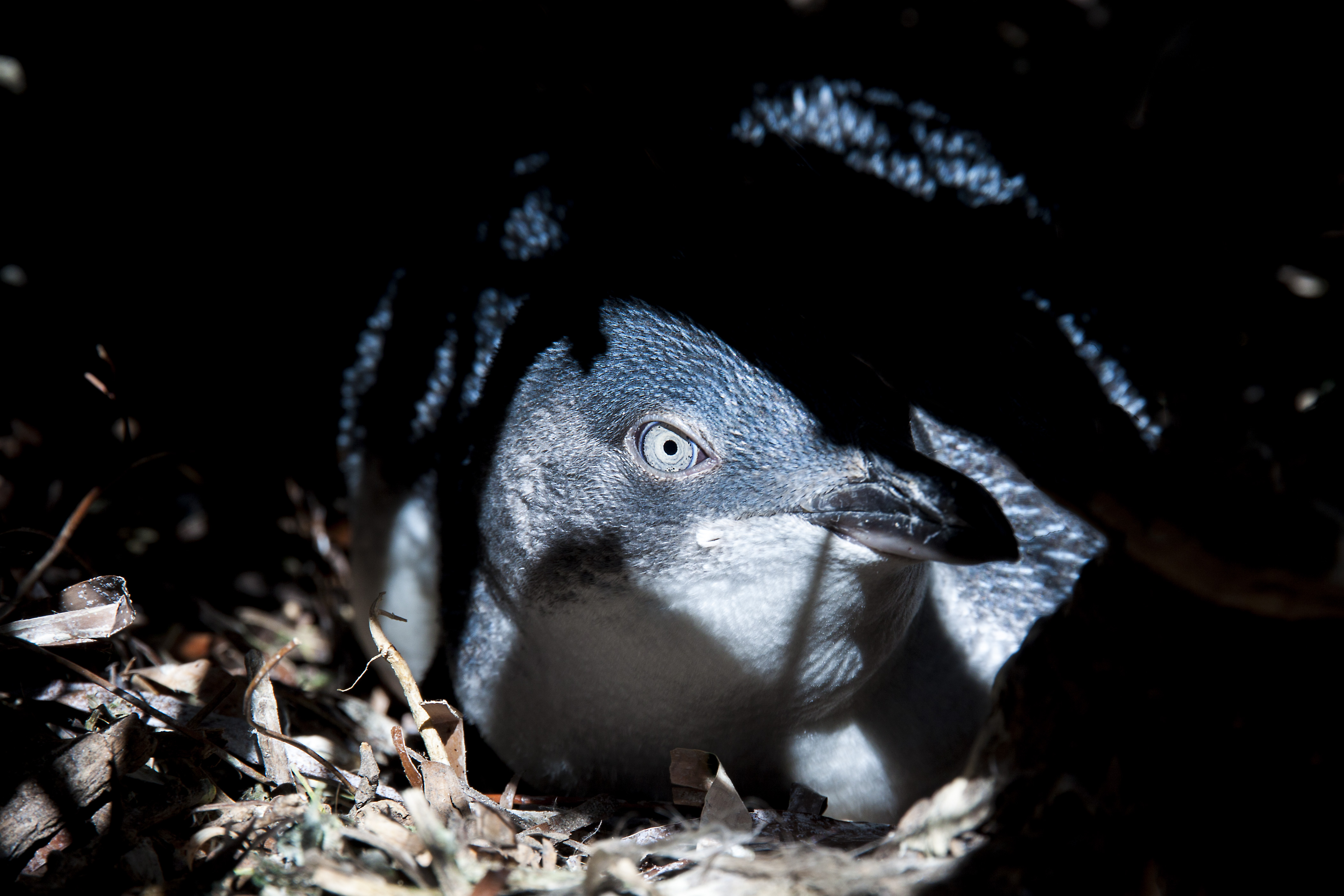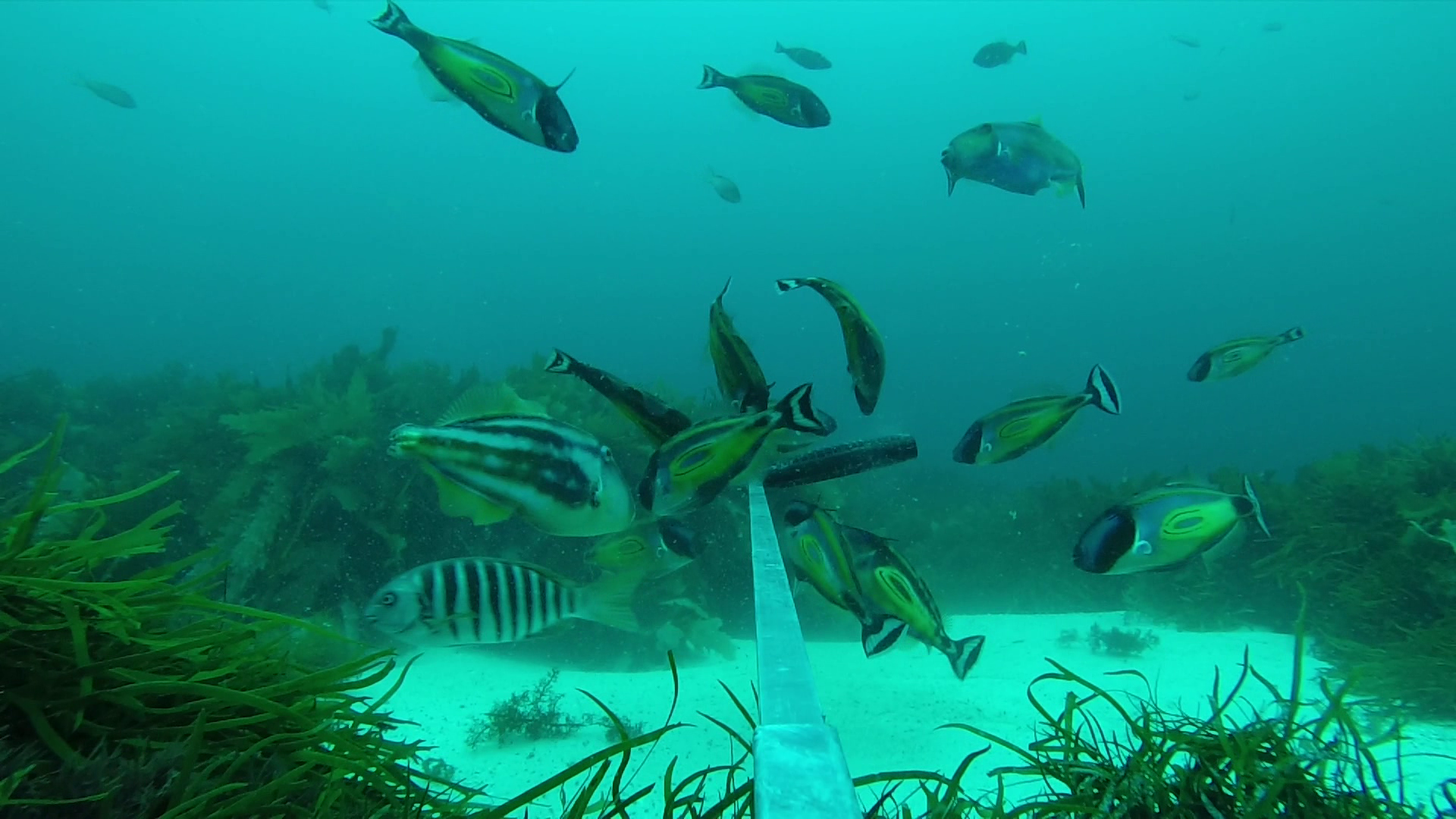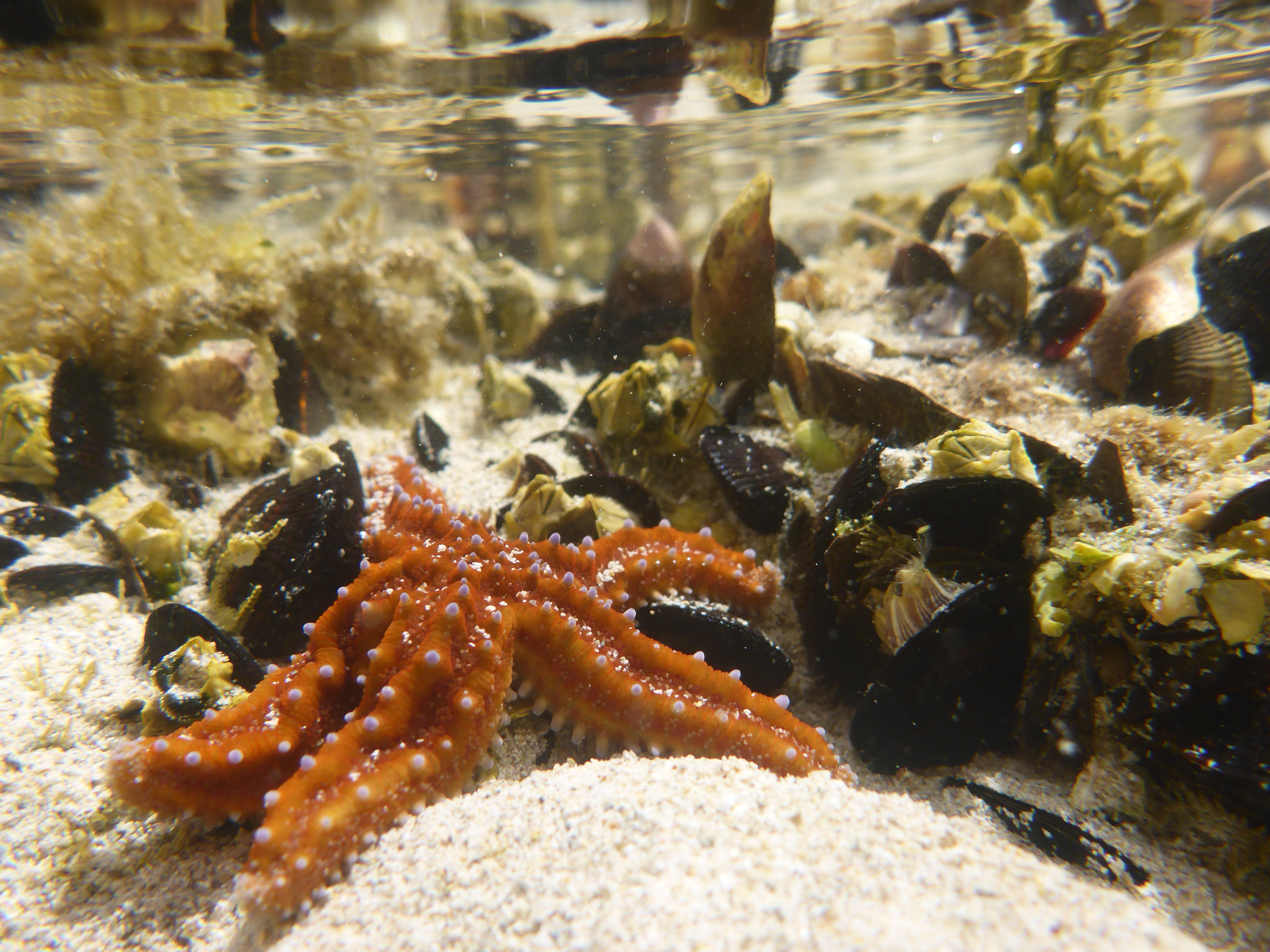Organisms
Researchers at Flinders University are renowned experts in the population ecology and genetics of many marine and terrestrial organisms, including microbes, plankton, invertebrates, fishes, sharks, mammals and birds. This suite of expertise regularly provides research-based advice to managers and policy makers about threatened and commercially important species, and provided recommendations to manage wildlife tourism and pests.
Our researchers utilise cutting-edge technology and techniques, such as:
- Genomics – to understand population connectivity and adaptation to environmental change.
- Radio, acoustic and satellite technology – to track animals and understand their life histories.
- Accelerometers, video and drones – to chronicle complex animal behaviours in challenging and changing environments.
Habitats
In addition to species-specific expertise, we also study how communities of species interact with their environment. Researchers at Flinders University evaluate environmental changes using solution-based research that improves outcomes. Habitat preservation has recently moved into a phase of large-scale restoration.
Recent examples include biological water filtration, wetland performance, evaluation of marine parks, oyster-reef, saltmarsh and mangrove restoration, and carbon storage and offsets.
Ecosystems
Our research on organisms and habitats enables a greater understanding of entire ecosystems. We use conceptual modelling, ecosystem-service assessments, analysis of functional and adaptive traits, population vulnerability, biophysical models and food-web networks to predict current and future scenarios. For example, we are using a combination of calorimetry, stable isotopes and fatty acid profiles to assess food webs and energy budgets at habitat and ecosystem scales, now and in the future.


